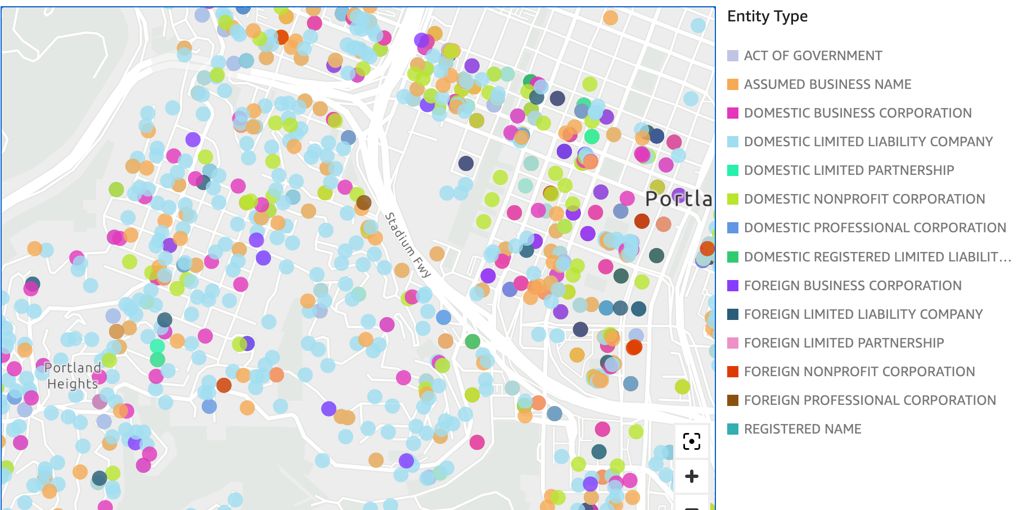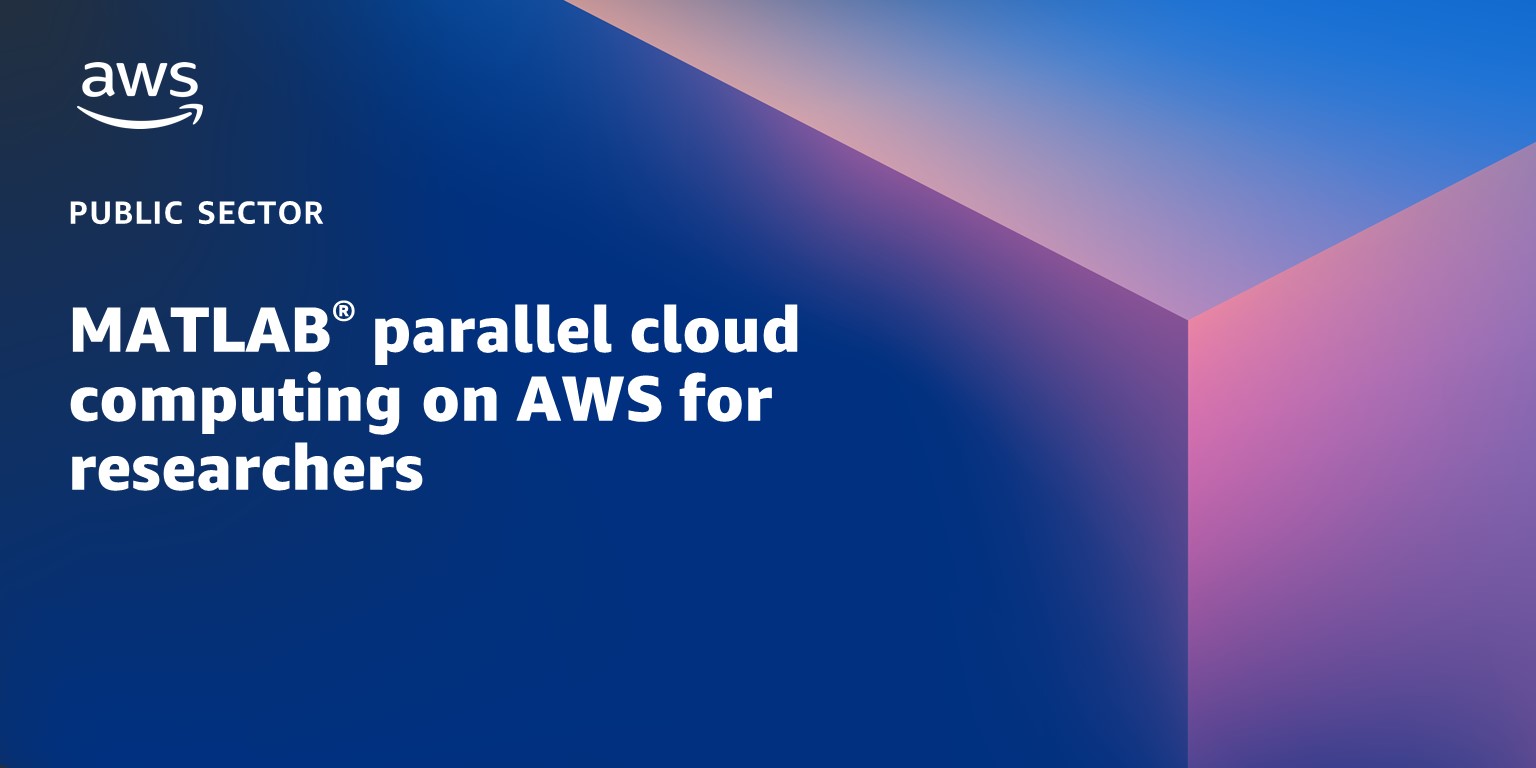AWS Public Sector Blog
Tag: researcher tools
How to optimize costs for grant-based research projects with AWS
As the number of research workloads in the cloud grows, researchers face challenges in managing strict budgets with unpredictable workloads and fluctuating needs. Researchers must be frugal with time and money to further their goals in performing cutting-edge and important research. AWS provides many methods for effective cost management that can support organizations in their efforts to optimize the use of grant-based funds.
Visualize data lake address datasets on a map with Amazon Athena and Amazon Location Service geocoding
Many public sector customers in government, healthcare, and life sciences have data lakes that contain addresses (e.g., 123 Main Street). These customers frequently ask how they can quickly visualize these addresses on a geographic map to get a more intuitive understanding of how these addresses are distributed. In this post, learn how to use Amazon Athena and Amazon Location Service to perform ad hoc geocoding on an example dataset and visualize these geocoded addresses on an Amazon QuickSight map.
How to set up MATLAB parallel cloud computing on AWS for researchers
Many researchers use MATLAB® from MathWorks, a programming and numeric computing platform, to analyze data, develop algorithms, and create models. As a researcher, you can leverage AWS to expand available computational resources right from your desktop or laptop. In this blog post, we walk through how to integrate MathWorks Cloud Center with AWS in order to accelerate scientific computation and innovation.
Preventing the next pandemic: How researchers analyze millions of genomic datasets with AWS
How do we avoid the next global pandemic? For researchers collaborating with the University of British Columbia Cloud Innovation Center (UBC CIC), the answer to that question lies in a massive library of genetic sequencing data. But there is a problem: the data library is so massive that traditional computing can’t comprehensively analyze or process it. So the UBC CIC team collaborated with computational virologists to create Serratus, an open-science viral discovery platform to transform the field of genomics—built on the massive computational power of the Amazon Web Services (AWS) Cloud.
How to set up Galaxy for research on AWS using Amazon Lightsail
Galaxy is a scientific workflow, data integration, and digital preservation platform that aims to make computational biology accessible to research scientists that do not have computer programming or systems administration experience. Although it was initially developed for genomics research, it is largely domain agnostic and is now used as a general bioinformatics workflow management system, running on everything from academic mainframes to personal computers. But researchers and organizations may worry about capacity and the accessibility of compute power for those with limited or restrictive budgets. In this blog post, we explain how to implement Galaxy on the cloud at a predictable cost within your research or grant budget with Amazon Lightsail.
Cloud powers faster, greener, and more collaborative research, according to new IDC report
According to a new IDC report, the cloud is helping researchers conduct research faster than ever before by reducing data analysis and processing times, and is allowing researchers around the world to collaborate on solving universal problems. In addition to the positive impact on research, IDC also forecasts that continued adoption of cloud computing globally could prevent environmental emission of more than 1 billion metric tons of CO2 from 2021 through 2024, almost equivalent to removing the 2020 CO2 emissions of Germany and the U.K. combined.
How to put a supercomputer in the hands of every scientist
The AWS Cloud gives you access to virtually unlimited infrastructure suitable for high performance computing (HPC) workloads. With HPC, you can remove long queues and waiting times so you don’t have to choose availability over performance. In this technical guide, learn how to use AWS ParallelCluster to set up and manage an HPC cluster in a flexible, elastic, and repeatable way.
Resources for researchers and institutions to work remotely
The rapidly changing and dynamic global health situation has impacted the lives of many people including researchers at universities and institutions worldwide. Many academic institutions are migrating to remote operations. Researchers are processing data, collaborating online, and trying to maintain labs remotely. Amazon and AWS are responding to these events in support of our communities and deploying resources and technology to enable remote learning and home working.







